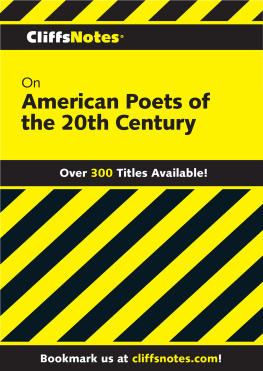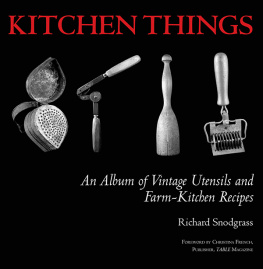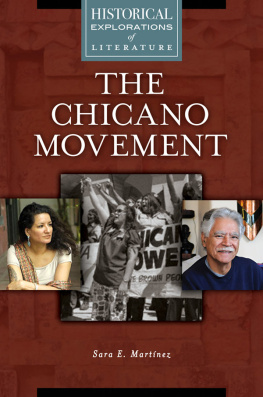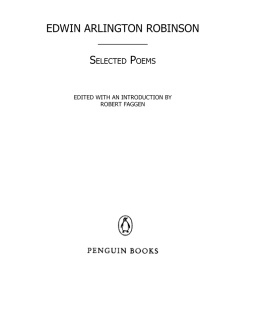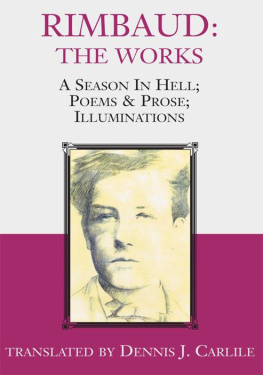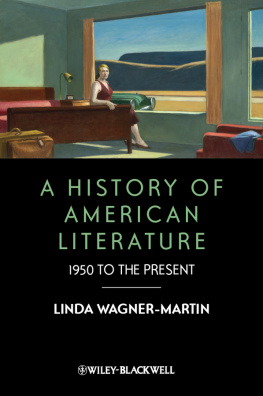Copyright 2000 Houghton Mifflin Harcourt Publishing Company
All rights reserved.
www.hmhco.com
For information about permission to reproduce selections from this book, write to or to Permissions, Houghton Mifflin Harcourt Publishing Company, 3 Park Avenue, 19th Floor, New York, New York 10016.
The publisher and the author make no representations or warranties with respect to the accuracy or completeness of the contents of this work and specifically disclaim all warranties, including without limitation warranties of fitness for a particular purpose. No warranty may be created or extended by sales or promotional materials. The advice and strategies contained herein may not be suitable for every situation. This work is sold with the understanding that the publisher is not engaged in rendering legal, accounting, or other professional services. If professional assistance is required, the services of a competent professional person should be sought. Neither the publisher nor the author shall be liable for damages arising herefrom. The fact that an organization or website is referred to in this work as a citation and/or a potential source of further information does not mean that the author or the publisher endorses the information the organization or website may provide or recommendations it may make. Further, readers should be aware that Internet websites listed in this work may have changed or disappeared between when this work was written and when it is read.
Trademarks: CliffsNotes, the CliffsNotes logo, Cliffs, cliffsnotes.com, and all related trademarks, logos, and trade dress are trademarks or registered trademarks of Houghton Mifflin Harcourt Publishing Company. All other trademarks are the property of their respective owners. Houghton Mifflin Harcourt is not associated with any product or vendor mentioned in this book.
eISBN 978-0-544-17950-9
v1.1215
How to Analyze Poetry
Poetry is a compact language that expresses complex feelings. To understand the multiple meanings of a poem, readers must examine its words and phrasing from the perspectives of rhythm, sound, images, obvious meaning, and implied meaning. Readers then need to organize responses to the verse into a logical, point-by-point explanation. A good beginning involves asking questions that apply to most poetry.
Context of the Poem
Clear answers to the following questions can help establish the context of a poem and form the foundation of understanding:
Who wrote the poem? Does the poets life suggest any special point of view, such as a political affiliation, religious sect, career interest, musical talent, family or personal problems, travel, or handicapfor example, H. D.s feminism, Amiri Barakas radicalism, T. S. Eliots conversion to Anglicanism, William Carlos Williams career as a physician, A. R. Ammons training in chemistry, Amy Lowells aristocratic background, John Berrymans alcoholism, or Hart Cranes homosexuality?
When was the poem written and in what country? Knowing something about the poets life, times, and culture helps readers understand whats in a poem and why.
Does the poem appear in the original language? If not, readers should consider that translation can alter the language and meaning of a poem.
Is the poem part of a special collection or series? Examples of such series and collections include Edna St. Vincent Millays sonnets, Carl Sandburgs Chicago Poems, or Rita Doves triad, AdolescenceI, II, and III.
Does the poem belong to a particular period or literary movement? For example, does the poem relate to imagism, confessional verse, the Beat movement, the Harlem Renaissance, the Civil Rights era, the American Indian renaissance, or feminism?
Style of the Poem
Into what category does the poem fitfor example, Carl Sandburgs imagism in Fog or Gwendolyn Brooks epic The Anniad? Readers should apply definitions of the many categories to determine which describes the poems length and style:
Is it an epic, a long poem about a great person or national hero?
Is it a lyric, a short, musical verse?
Is it a narrative, a poem that tells a story?
Is it a haiku, an intense, lyrical three-line verse of seventeen syllables?
Is it confessional? For example, does it examine personal memories and experiences?
Title of the Poem
Is the titles meaning obvious? For example, does it mention a single setting and action, such as W. S. Merwins The Drunk in the Furnace or James A. Wrights Autumn Begins in Martins Ferry, Ohio?
Does it imply multiple possibilities? For example, Jean Toomers Georgia Dusk, which refers to a time of day as well as to dark-skinned people.
Does it strike a balance, as in Rita Doves Beulah and Thomas?
Is there an obvious antithesis, as with Robert Frosts Fire and Ice?
Is there historical significance to the title? For example, Robert Lowells The Quaker Graveyard in Nantucket.
Repetition in the Poem
Readers should read through a poem several times, at least once aloud. If it is a long poem, such as Allen Ginsbergs Howl or Hart Cranes The Bridge, readers should concentrate on key passages and look for repetition of specific words, phrases, or verses in the poem.
Why is there a repeated reference to the sea in Robinson Jefferss poetry?
Why does the pronoun we recur in Gwendolyn Brooks We Real Cool?
Why does Edgar Lee Masters reprise epitaphs for Spoon River Anthology?
If readers note repetition in the poem, they should decide why certain information seems to deserve the repetition.
Opening and Closing Lines of the Poem
Does the poet place significant information or emotion in these places? For example, when reading Marianne Moores Poetry, readers may question the negative stance in the opening lines.
Does the poet intend to leave a lasting impression by closing with a particular thought? For example, why does Langston Hughes Harlem lead to the word explode?
Passage of Time in the Poem
Can readers pin down a time frame? What details specify time?
Does the poet name a particular month or season, as with Amy Lowells Patterns?
Is there a clear passage of time, as with the decline of the deceased woman in Denise Levertovs Death in Mexico?
How long is the period of time? Are there gaps?
Speaker of the Poem
Who is the speaker? Is the person male or female?
Does the voice speak in first person (I, me, my, mine), for example, John Berrymans Huffy Henry?
Does the speaker talk directly to a second person, as with Adrienne Richs Diving into the Wreck?
Is the voice meant to be universalfor example, applicable to either sex at any time or place?
Names of Characters
Basic Details of the Poem
Is the poet deliberately concealing information from the readers, as with the source of depression in Robert Lowells Skunk Hour?
Why does the poet leave out significant facts? Are readers supposed to fill in the blanks, for example, the relationship between mother and daughter in Cathy Songs The White Porch or the perplexity of a modern tourist in Allen Tates Ode to the Union Dead?
Next page
